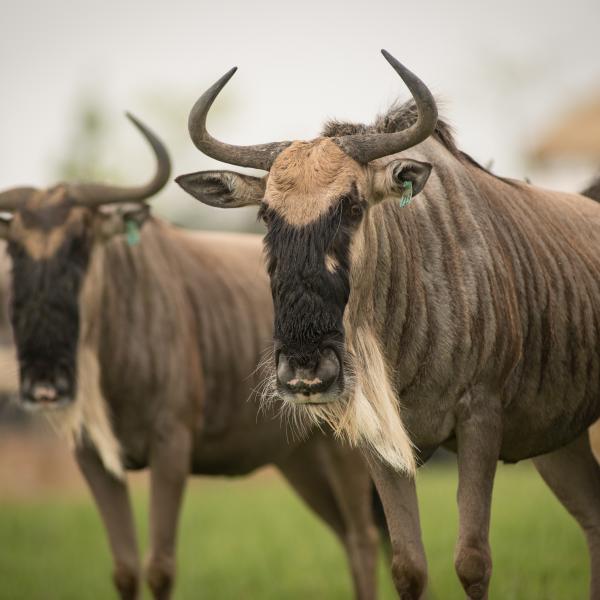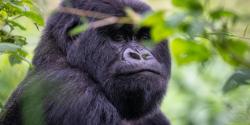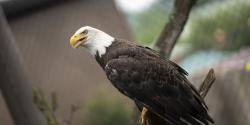Wildebeest are best known for their annual migration, during which more than 1.5 million of these animals move across Africa for food and water. But did you know this mass migration helps keep the natural cycles of the ecosystems they travel through healthy?
As wildebeest graze, they eat a lot of grass, which helps stop overgrowth and allows different types of plants to grow. Their grazing patterns can also help reduce large-scale wildfires. Their droppings and carcasses deposit nutrients back into the soil, enriching the ecosystem. Large herds of hoof stock like wildebeest play a crucial role in supporting predators, as they are their key food source.
Scientific Name: Connochaetes taurinus
Conservation Status: Least Concern
Size: Up to 5 ft. tall at the shoulder
Weight: 265 to 600 lbs., with males generally being larger than females
Median Life Expectancy: Males 8.5 years; Females 14 years













